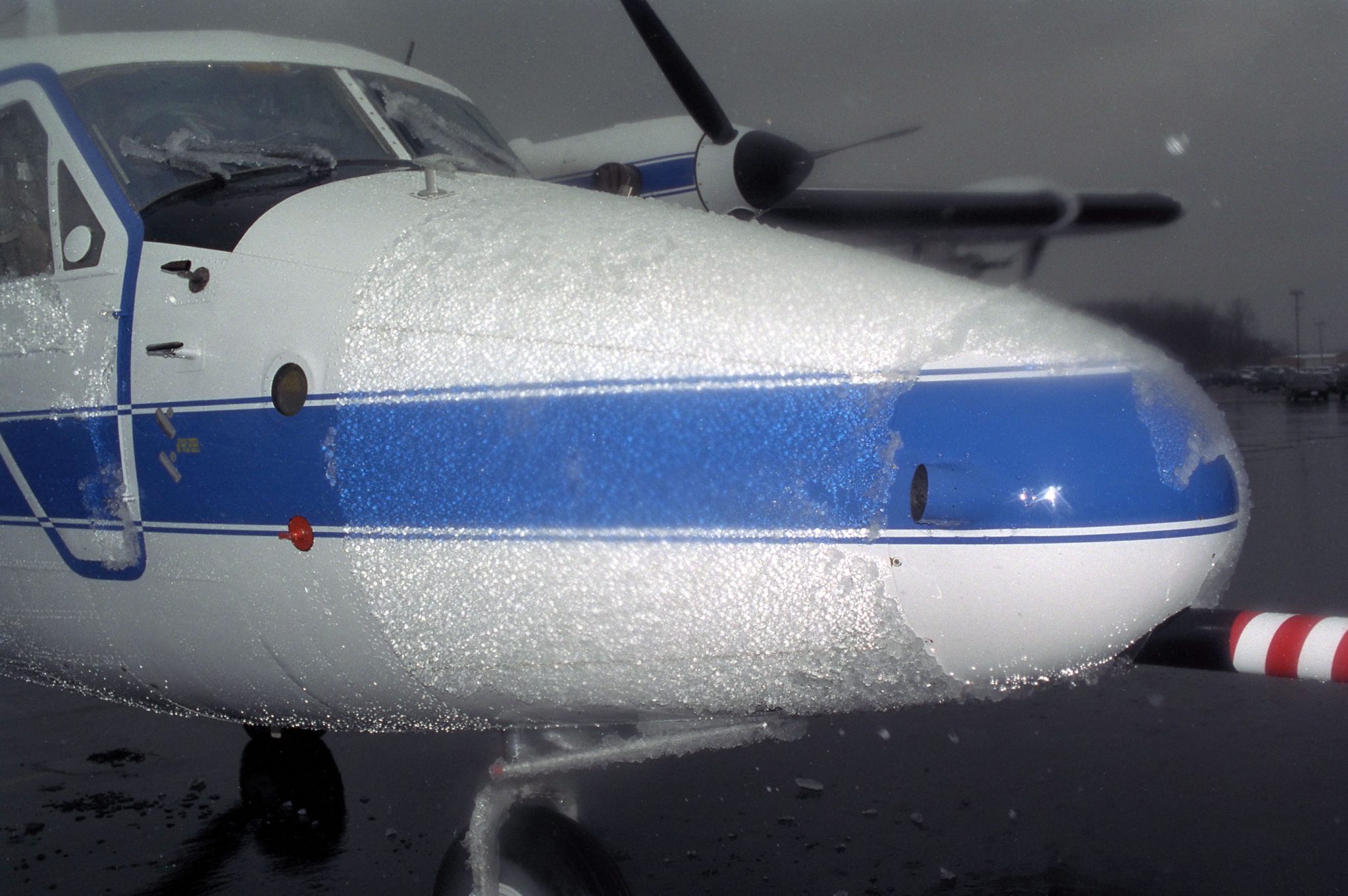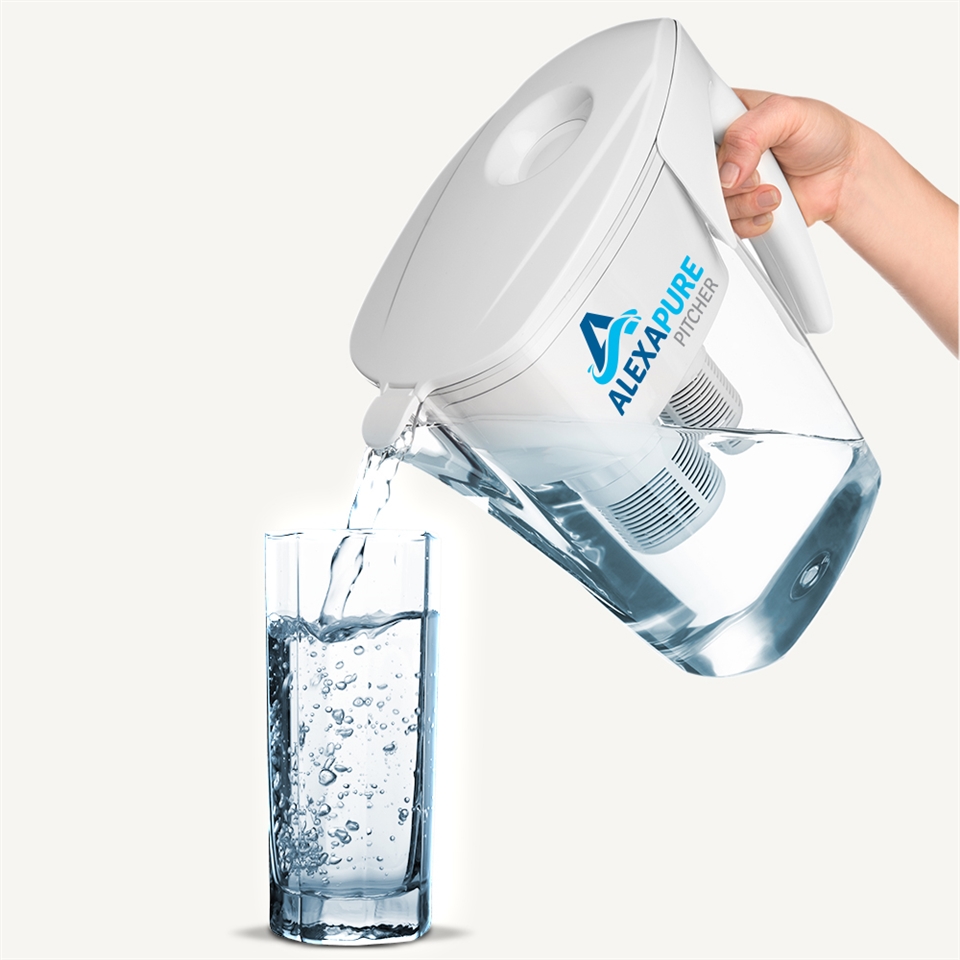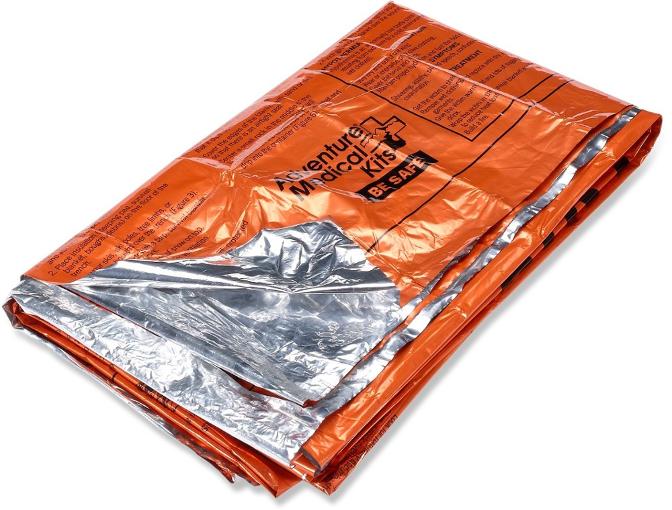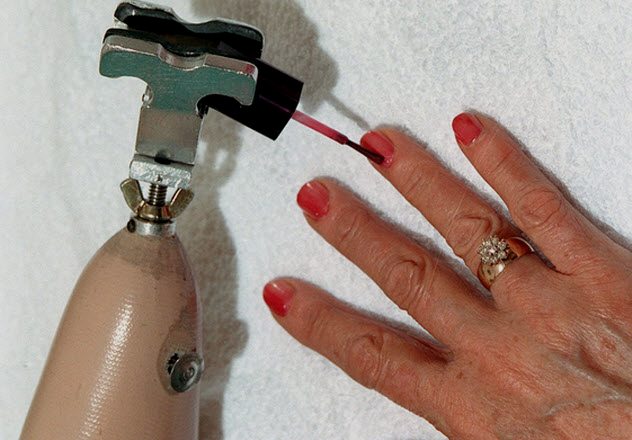
Cell phone cameras
These days, it’s not unlikely to assume that you use your phone to take pictures more often than you use it to make calls. You can thank NASA for that one, as well. It’s estimated that about one in three cell phone cameras uses technology originally designed for the space program. Astronauts needed to be able to snap high-quality digital images of space, because conspiracy theorists will never be satisfied, but they didn’t want to rely on heavy equipment. This led to the development of innovations like CMOS sensors, which allowed NASA to equip its spacecraft with small cameras while still getting high-def images out of them.
Thankfully, the selfie stick had nothing to do with NASA.
Ice-resistant airplanes

Ice and planes mix about as well as ice and red wine. In other words, they don’t mix at all. Ever. Stop it.
NASA has helped keep us all safer in the sky by developing a number of electronic solutions for aircraft facing the dangers of icing, like heating the leading surfaces of the wing. The technologies that have come from these efforts are now in use on everything from commercial airliners to small one-engine planes.
Water filtration

If the ad copy for bottled water is any indication, we love ourselves some clear, clean, “doesn’t taste like urine” water. To make sure the astronauts had that luxury, NASA developed water filtration systems for them back in the ’70s that used cartridge filters and iodine. Nowadays, these technologies are in wide use, making sure that we all avoid H2O that tastes more like H2No.
Survival blankets

You’ve crash-landed in the Alaskan wilderness, and Liam Neeson is tragically not with you. Thankfully, you’ve got one of those lightweight survival blankets with you to keep warm. At least you’ll be comfortable when the wolves arrive.
You can take further comfort in the fact that NASA actually invented the material as an insulation for pretty much all of its spacecraft, from satellites to the Apollo lander. In a way, it’s even more badass than having Liam Neeson with you.
Better tires
Radial tires have been around since 1915, but they took a major leap forward when Goodyear created a material for NASA’s Viking parachute shrouds. The new material was so strong that Goodyear realized it would make for the best radial tires yet. Sadly no one has decided to strap spacecraft engines onto our cars too.
Artificial Limbs

Although the concept of prosthetics has been around for centuries, we can thank NASA for making modern limbs stronger and less expensive. For much of the 20th century, artificial limbs were created using plaster and cornstarch molds. This process produced limbs that were heavy and fragile, which made them impractical for many people.
Credits: www.rd.com, thrillist.com and ListVerse
